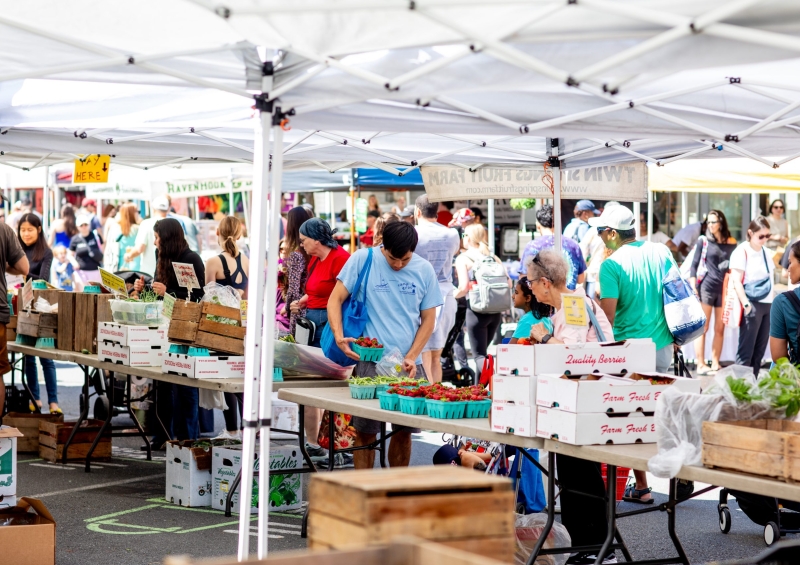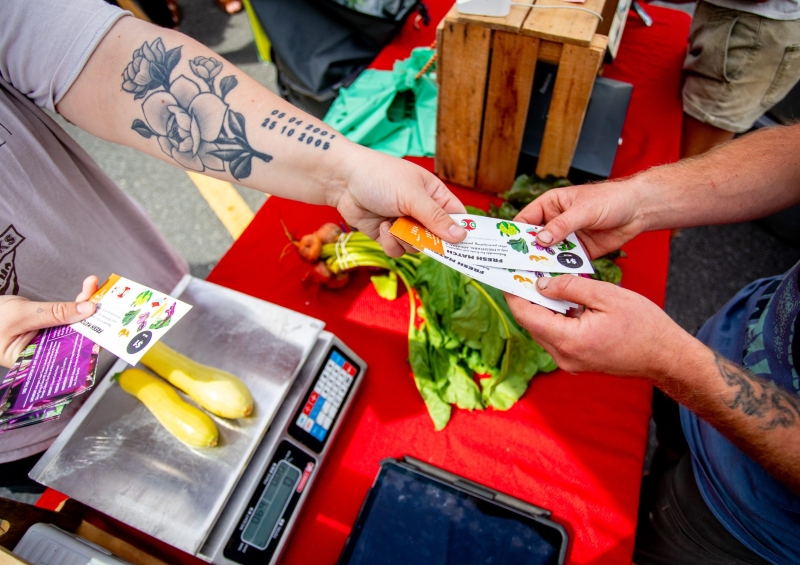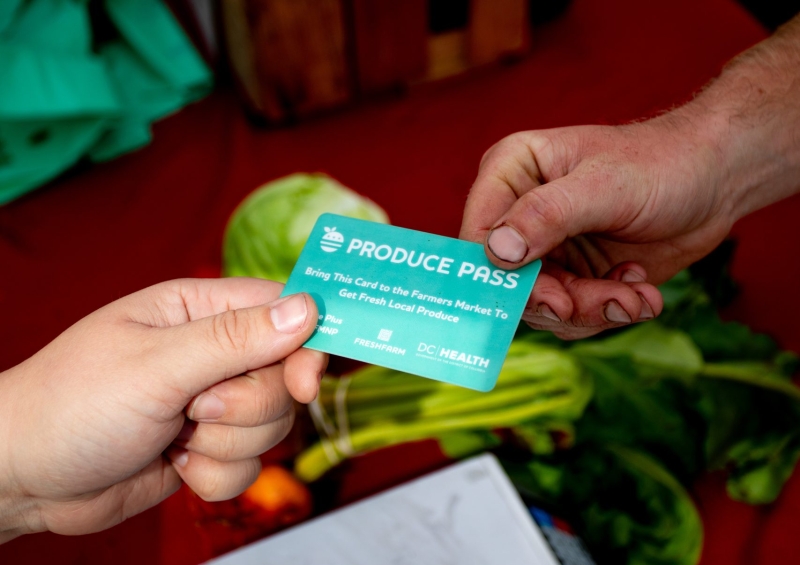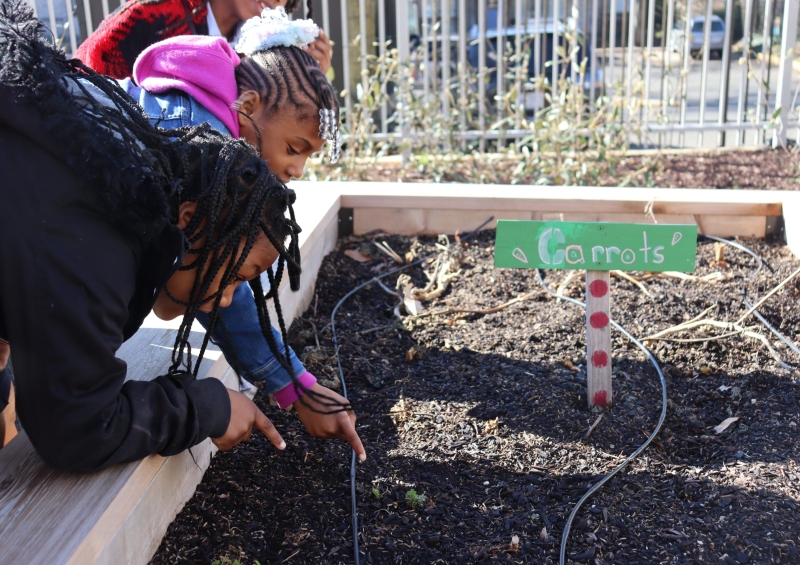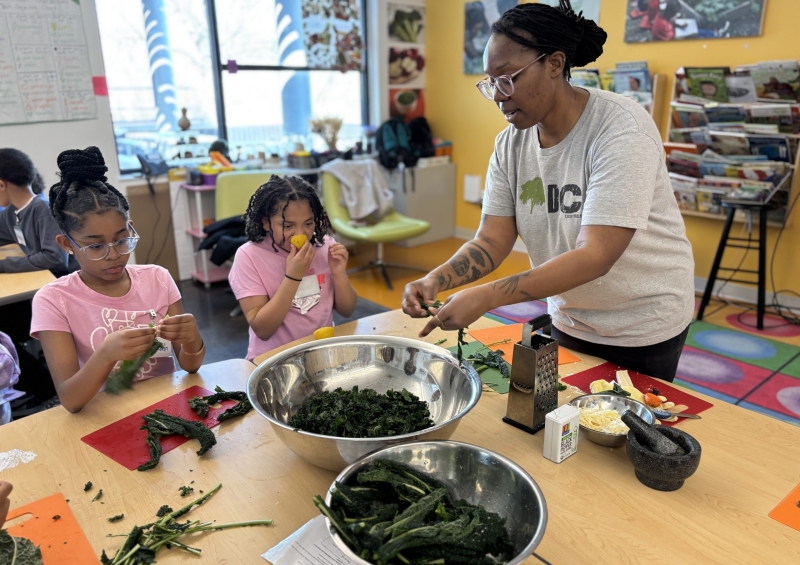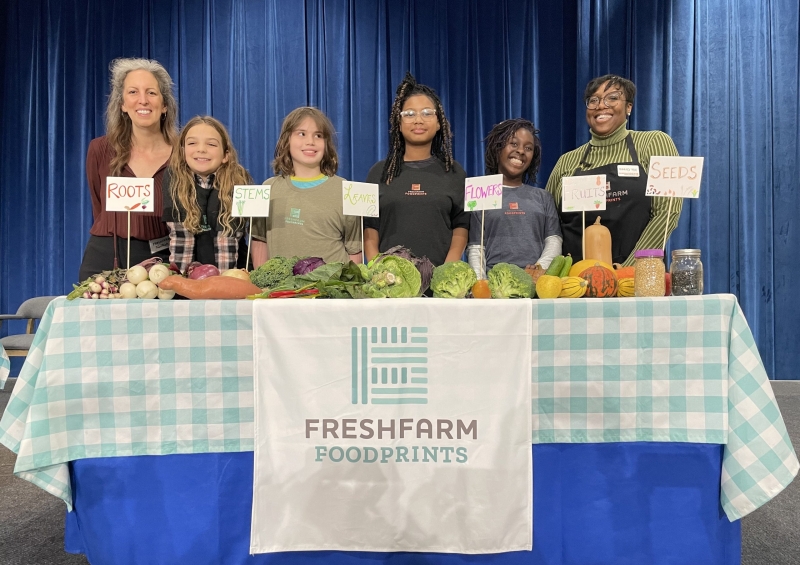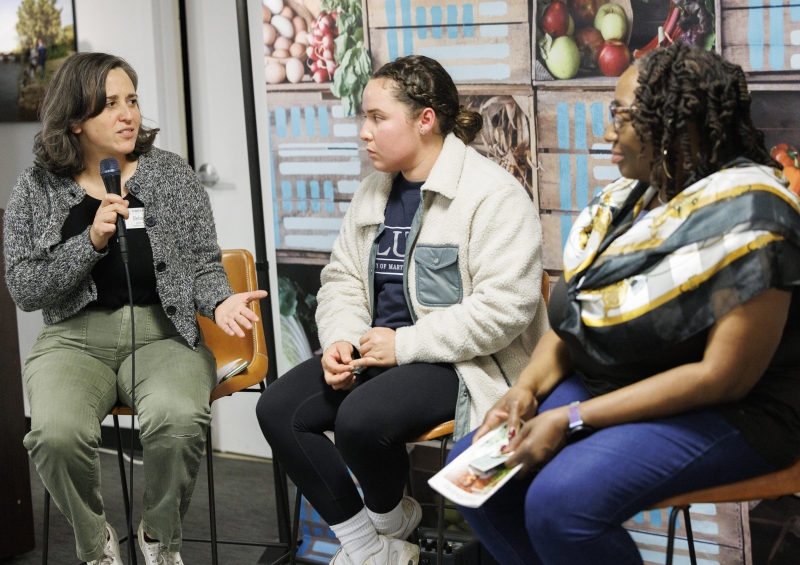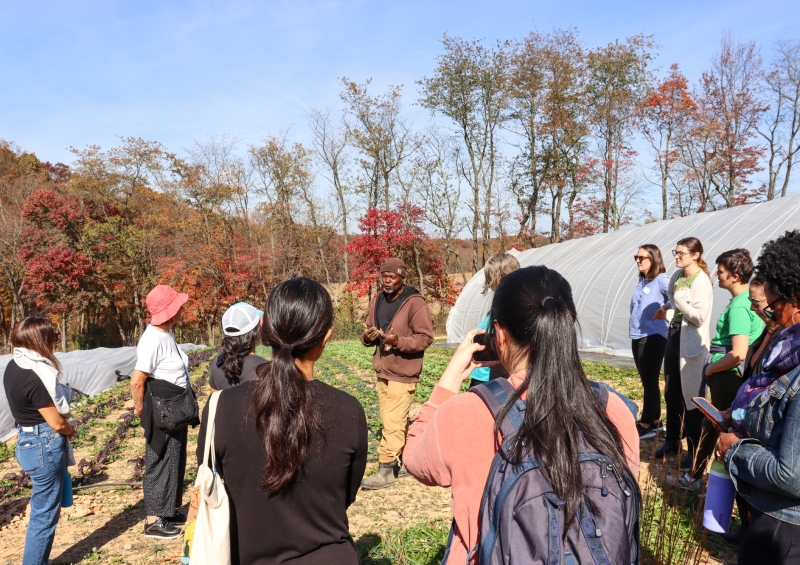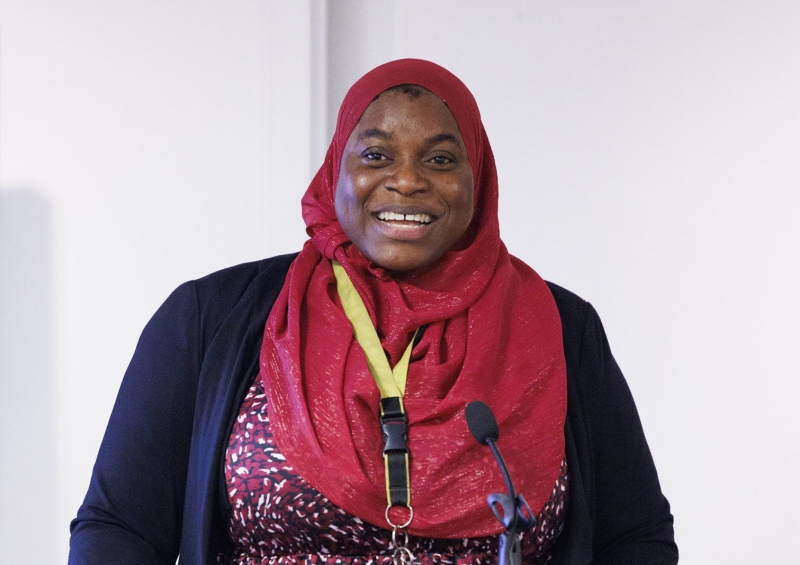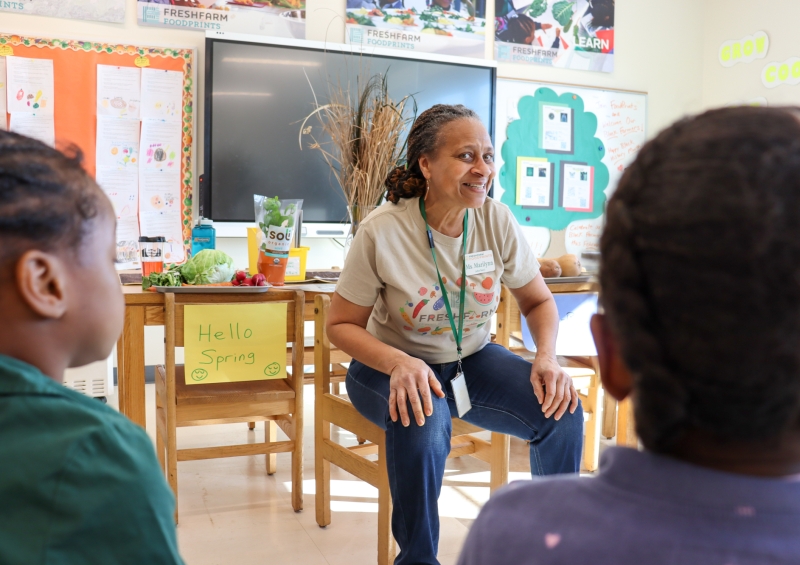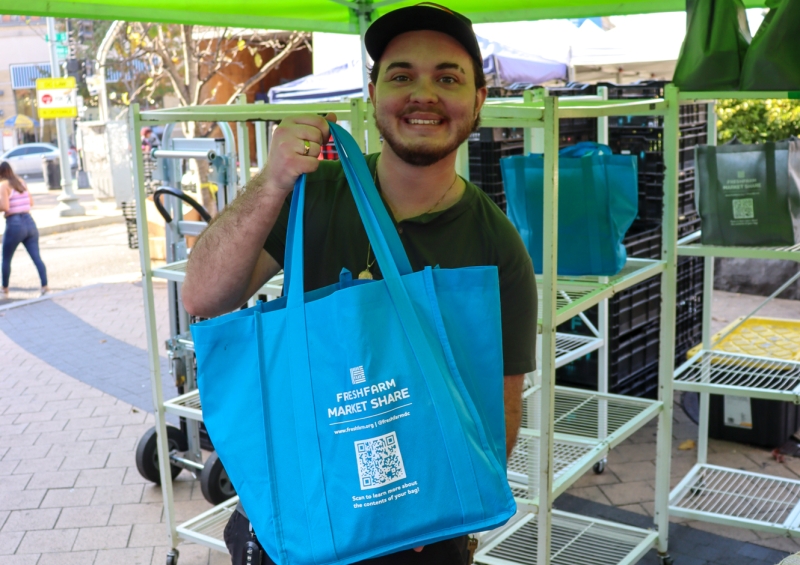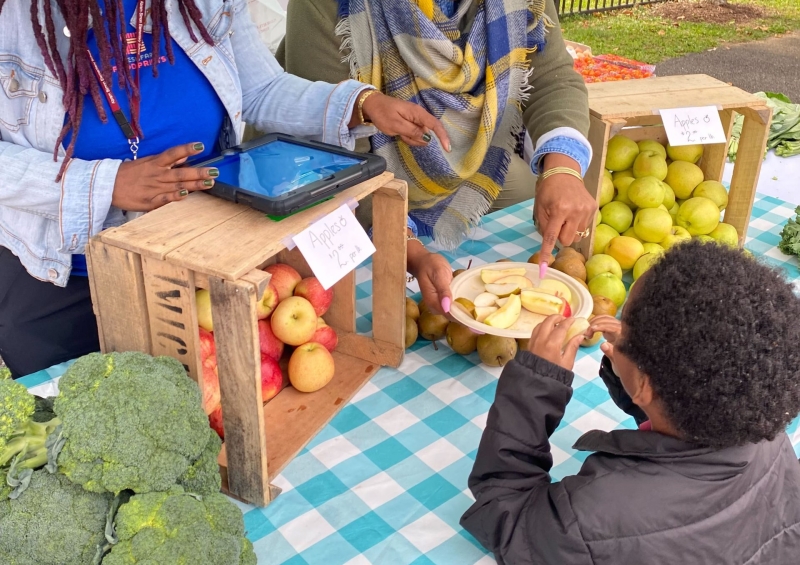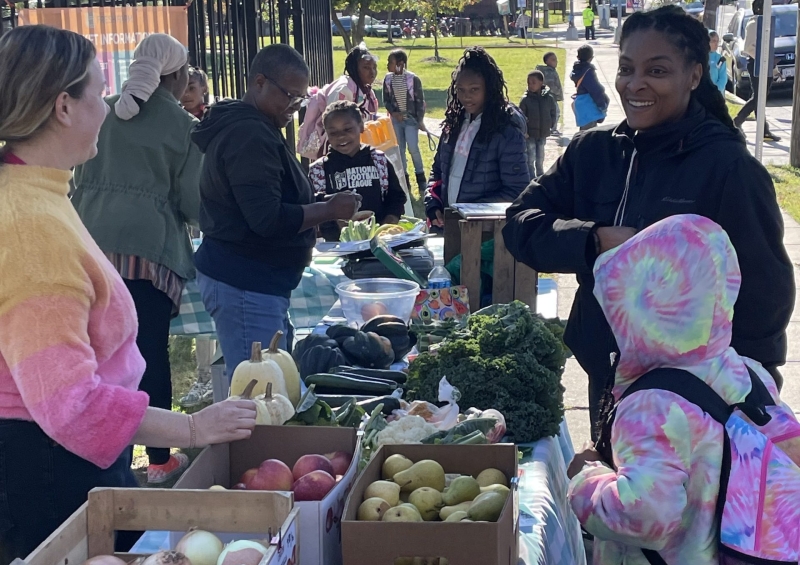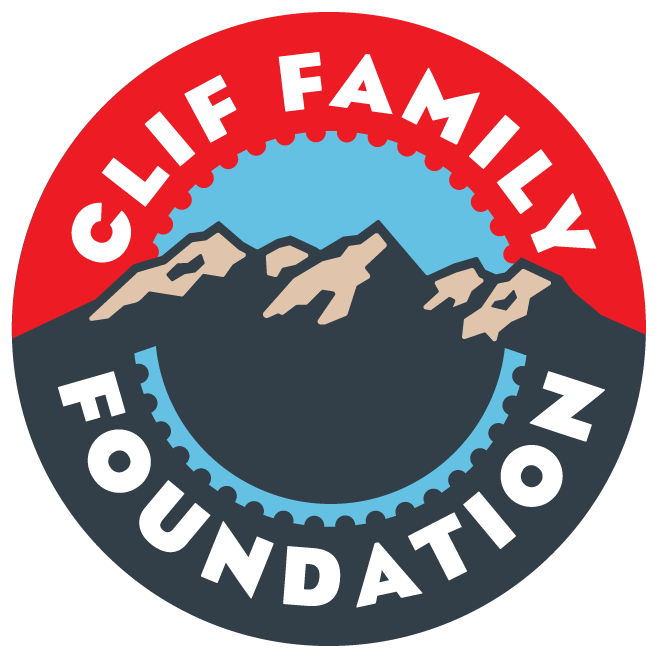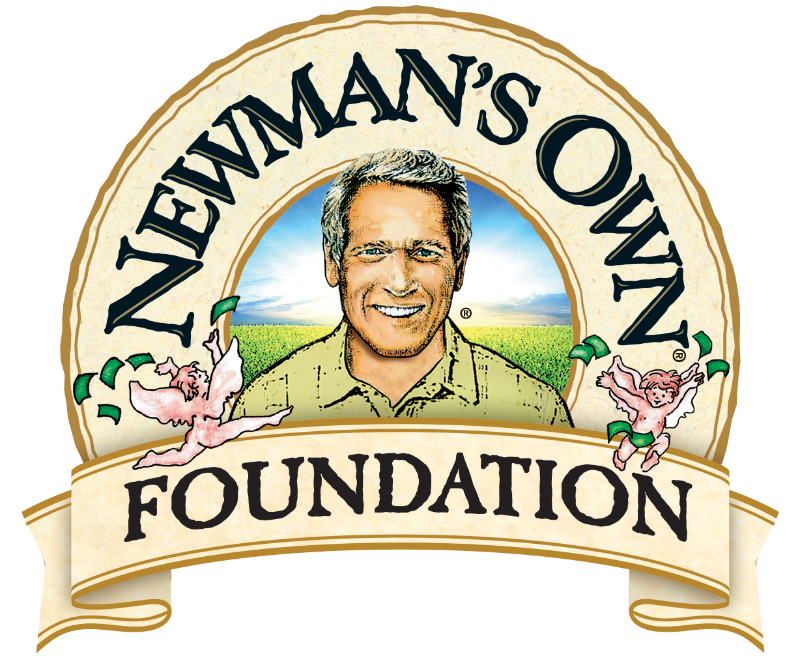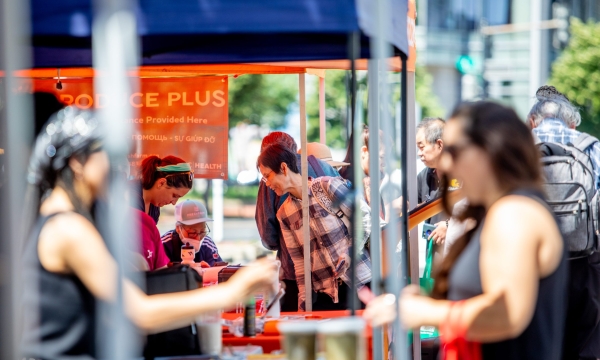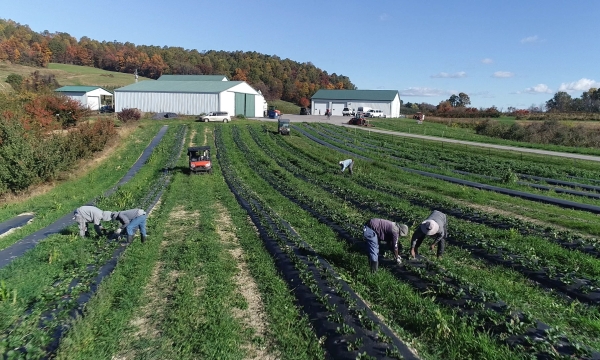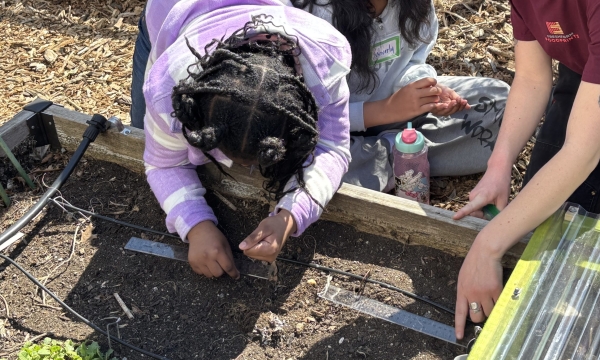As Interim Executive Director of FRESHFARM, I am proud to present the 2024 Annual Report. This past year has been full of remarkable achievements, milestones, and powerful connections as we shape an equitable, resilient, and sustainable local food system. Together, we have expanded access to fresh, local food while supporting small farmers and producers across the Mid-Atlantic.
This report marks a bittersweet transition for FRESHFARM as we bid farewell to Executive Director Hugo Mogollon. Over the past five years, his leadership has propelled us to new heights, and he leaves knowing the organization will continue to thrive. I have no doubt he’ll be cheering us on from afar.
2024 was a banner year, with significant growth across our programs. The Pop-Up Food Hub (PUFH) doubled its impact, generating over $1.1 million in revenue for small- and mid-sized farmers, with 26% of those farms being Black or Brown-owned. And the Mid-Atlantic Grain Stand completed its first full year of operations in partnership with Common Grain Alliance. These numbers are not just metrics; they represent meals on tables, livelihoods supported, and communities strengthened.
Together, we’ve helped thousands of families in need stretch their food budgets while simultaneously supporting our local growers. We’ve provided joyful hands-on food education to 7,600 elementary students at Washington, DC public schools, empowering them to make healthy decisions for themselves and the planet. Our network of more than two dozen farmers markets and farm stands fueled the local economy, served as community gathering spots, and provided vital food access points for our neighbors.
In a departure from previous years, this Annual Report is structured around the objectives outlined in our 2023-2028 Strategic Plan. By aligning our reflections and achievements with this guiding document, we aim to clarify how FRESHFARM is advancing our mission of creating a more sustainable, equitable, and resilient food system. This new format highlights our progress and reinforces our commitment to transparency and accountability as we work toward long-term impact.
This report is a testament to the power of collaboration and the incredible dedication of our farmers, producers, partners, staff, and supporters. Together, we are not just imagining a better food future—we are building it.

 Jacquelyn Lendsey
Jacquelyn Lendsey
Interim Executive Director




